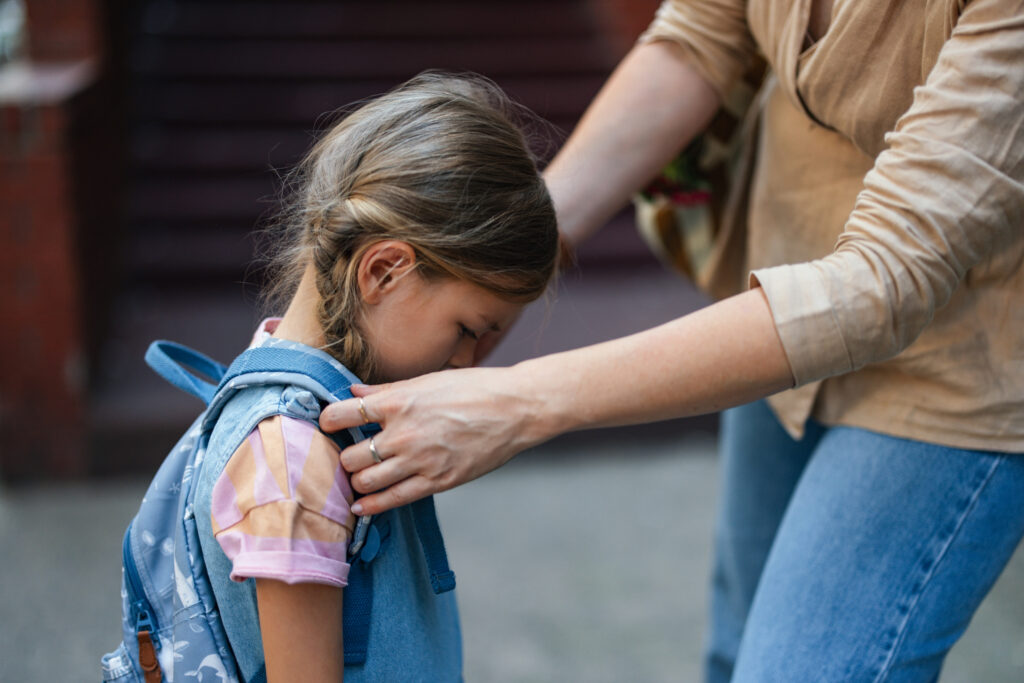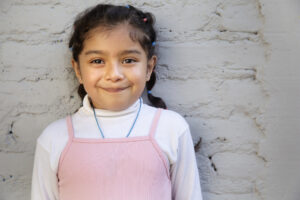When children face new environments, challenges, or changes in their daily lives, they often respond in ways that help them cope. These responses are known as situational behavioral adaptations. As a parent, you may notice your child acting differently at school compared to home, or adapting to a new sibling, teacher, or routine. Understanding these immediate responses is essential to supporting your child’s growth and emotional health, especially if you’re concerned about developmental or behavioral changes.
What Is Behavioral Adaptation?
This refers to how individuals change their behavior to adjust to new environments or demands. In the context of child development, these adaptations are often a child’s way of coping with the world around them. Children may develop these behaviors consciously or unconsciously as they navigate changes, routines, social situations, and even internal challenges like anxiety (which might manifest as avoidance) or developmental delays (which could lead to increased self-stimulatory behaviors).
For example, a child might begin sucking their thumb more frequently after starting daycare, or they may act more reserved around unfamiliar people. These examples serve a purpose – helping the child feel safe, understood, or in control.
Behavioral Adaptation vs. Adaptive Behavior
While behavioral adaptation is often situational and reactive, adaptive behavior refers to the learned skills that help children function in their everyday lives. These include things like communicating needs, dressing themselves, following instructions, and interacting appropriately with others.
According to the American Association on Intellectual and Developmental Disabilities (AAIDD), adaptive behavior is divided into three areas:
- Conceptual skills (like reading, math, and communication),
- Social skills (interpersonal interactions, empathy, social problem-solving),
- Practical skills (daily living tasks like eating, hygiene, and safety).
A child with strong adaptive behavior skills is often better equipped to meet the demands of their environment with fewer intense or disruptive behavioral adaptations. In contrast, a child with delayed development or autism may rely more heavily on behavioral adaptations to get through daily routines.
Common Examples
Understanding how behavioral adaptation looks in real life can help parents recognize normal changes versus behaviors that may signal deeper concerns. Here are a few behavioral adaptation examples in children:
- Avoidance: A child who hides behind a parent during social situations may be trying to manage sensory overload or social anxiety.
- Repetitive behaviors: Some children may rock, hum, or engage in repetitive movements to self-soothe in unfamiliar settings.
- Regression: A potty-trained child may start having accidents after a stressful event, such as a move or the birth of a sibling. While temporary regression can be normal, persistent regression or regression accompanied by other concerning signs may warrant further attention.
- Imitation: Mimicking adults or peers is a way for children to learn and adapt to social expectations.
These behaviors are not always a cause for concern, but when they persist or interfere with learning and relationships, they may signal a need for support.
Why Behavioral Adaptation Matters
Children are constantly learning how to interact with their environment. When they develop effective behavioral adaptations to new situations, they’re building emotional resilience and coping skills. But if their adaptations are extreme, persistent, or disruptive, it may point to an underlying issue like anxiety, sensory processing difficulties, ADHD, or autism.
A study published in the American Academy of Pediatrics found that nearly 1 in 6 U.S. children ages 3 to 17 had a developmental disability or behavioral disorder. Early identification and intervention can make a big difference in helping children develop more effective adaptive behaviors and reduce the need for problematic behavioral adaptations.
When to Seek Help
If you notice your child struggling with daily routines, becoming overly withdrawn, or developing behaviors that interfere with school, home life, or social interaction, it may be time to speak with a pediatrician or child development specialist.
You can also consider developmental screening tools designed for parents. These tools help identify whether your child’s behavior is age-appropriate or if further evaluation is recommended.
Behavioral adaptation is a normal part of child development. It’s how kids learn to cope, adjust, and thrive in a world that’s constantly changing. By understanding the difference between behavioral adaptation and adaptive behavior, and by paying attention to your child’s reactions, you can better support their emotional and developmental needs.
Observe your child’s behaviors with curiosity, and don’t hesitate to seek professional guidance if you have ongoing concerns about their adjustment. Knowing what a behavioral adaptation is – and when to seek guidance – can empower you as a parent to help your child grow with confidence.



